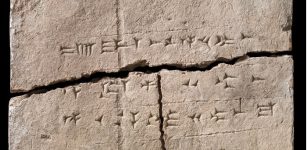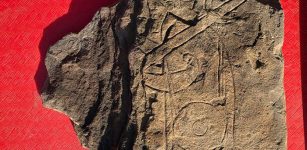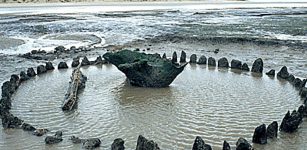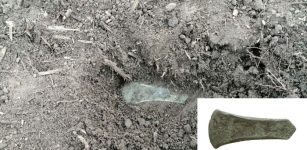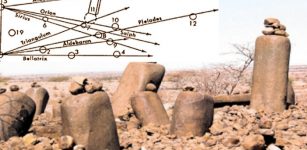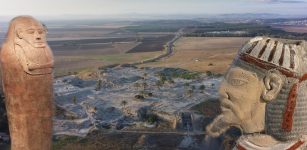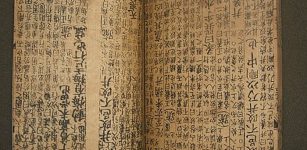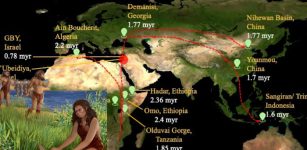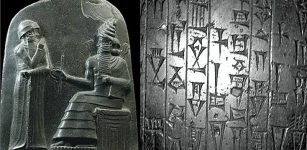Jedek: Previously Unidentified Language Found By Swedish Linguists In in Southeast Asia
AncientPages.com - A previously unidentified language has been found by linguists from the Lund University in Sweden, during their work in the Malay Peninsula.
The language has been given the name JEDEK and represents the Aslian group of languages within the Austroasiatic language family.
“Jedek is not a language spoken by an unknown tribe in the jungle, as you would perhaps imagine, but in a village previously studied by anthropologists,” said Niclas Burenhult, Associate Professor of General Linguistics at Lund University, who collected the first linguistic material from Jedek speakers.
“As linguists, we had a different set of questions and found something that the anthropologists missed.”
The researchers discovered the language during a language documentation project, while studying the Jahai language in the same area.
“We realized that a large part of the village spoke a different language. They used words, phonemes and grammatical structures that are not used in Jahai. Some of these words suggested a link with other Aslian languages spoken far away in other parts of the Malay Peninsula”, explained Joanne Yager, doctoral student at Lund University.
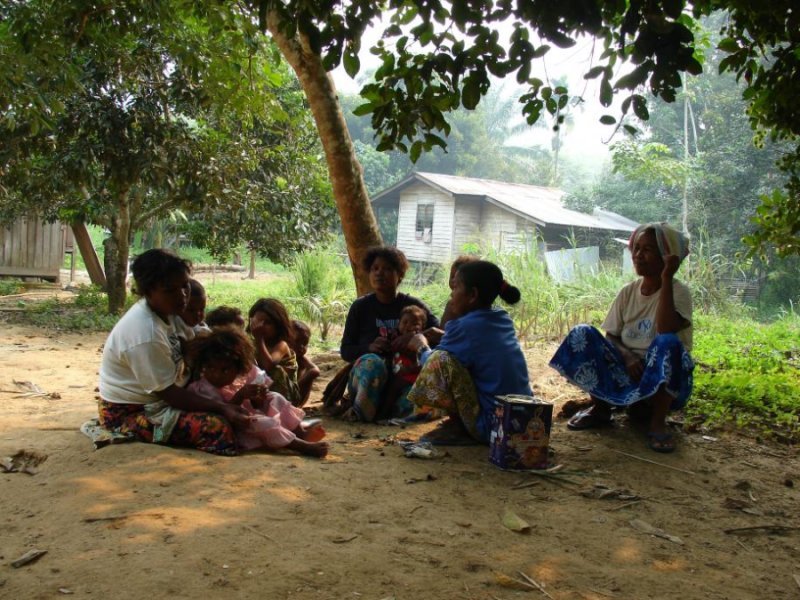
Jedek is an Austroasiatic language spoken by 280 people in northern Peninsular Malaysia. Credit: Photo by Niclas Burenhult
Jedek is spoken by 280 people who are settled hunter-gatherers and live in a small village in northern Malay Peninsula. In this small community, in which Jedek is spoken, there is almost no interpersonal violence, they consciously encourage their children not to compete, and there are no laws or courts. Everyone has the skills that are required in a hunter-gatherer community.
“There are so many ways to be human, but all too often our own modern and mainly urban societies are used as the yardstick for what is universally human. We have so much to learn, not least about ourselves, from the largely undocumented and endangered linguistic and cultural riches that are out there”, states Niclas Burenhult.
See also:
Mystery Of Ancient Language PIE From Which Half Of All Languages Originate
Manx: Ancient Dead Gaelic Language That Refused To Die And Has Been Revived Again
Runes: Facts And History About Odin’s Secret Language
Preserve Elfdalian: Sweden’s Secret Forest Language From The Viking-Era
Yager and Burenhult have spent long time working with speakers of Aslian languages in order to study, observe and document the languages.
It is believed that 6 000 languages are currently spoken in the world. About 80 per cent of the world’s population speak one of the major world languages, while approximately 20 per cent speak one of the 3 600 smaller languages.
Researchers believe that about half of the world’s languages will be extinct 100 years from now.
AncientPages.com
Expand for referencesReferences:








